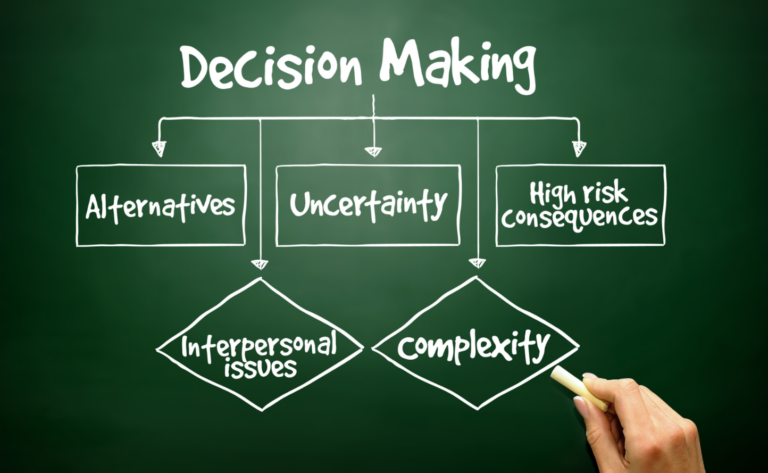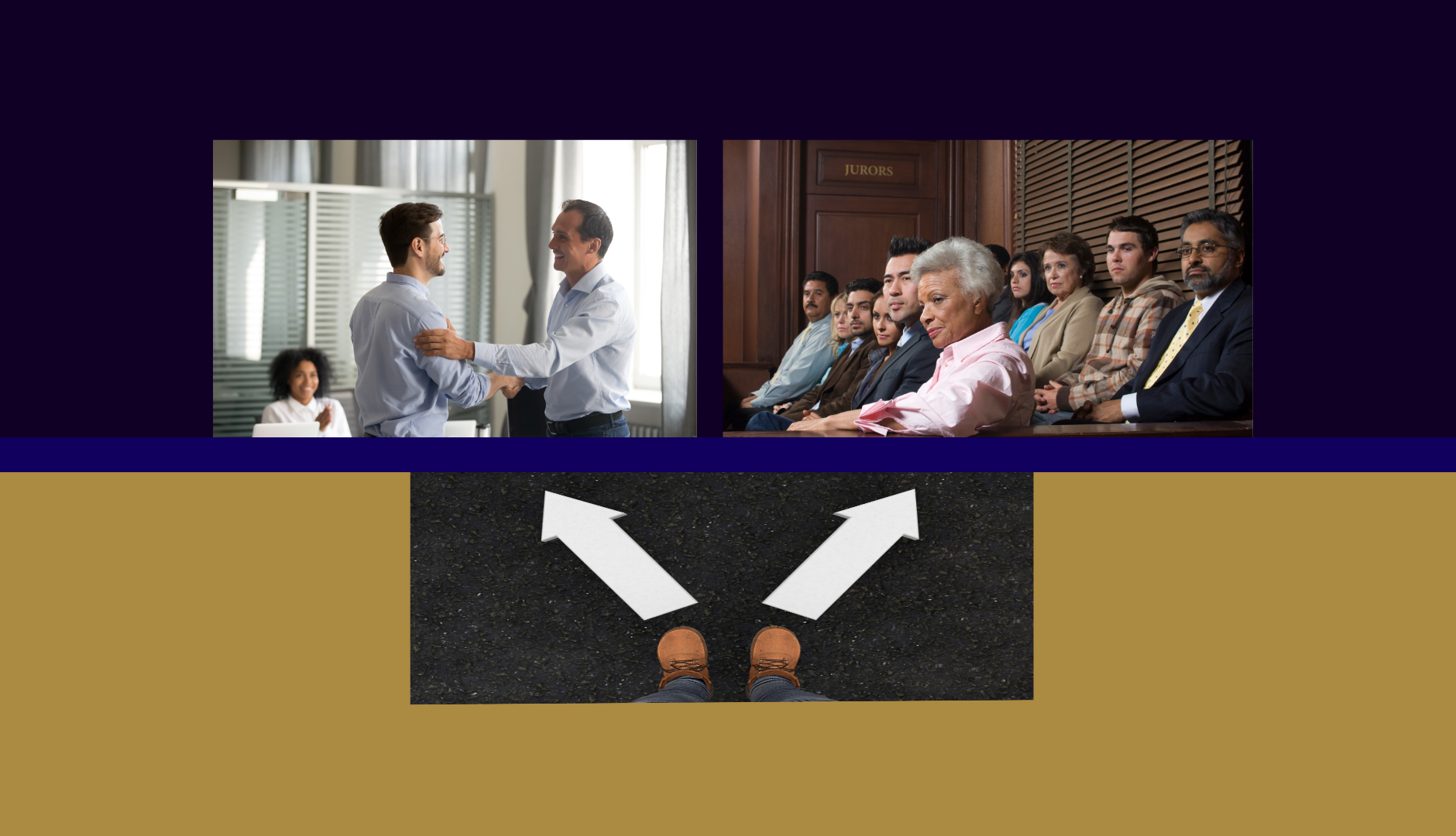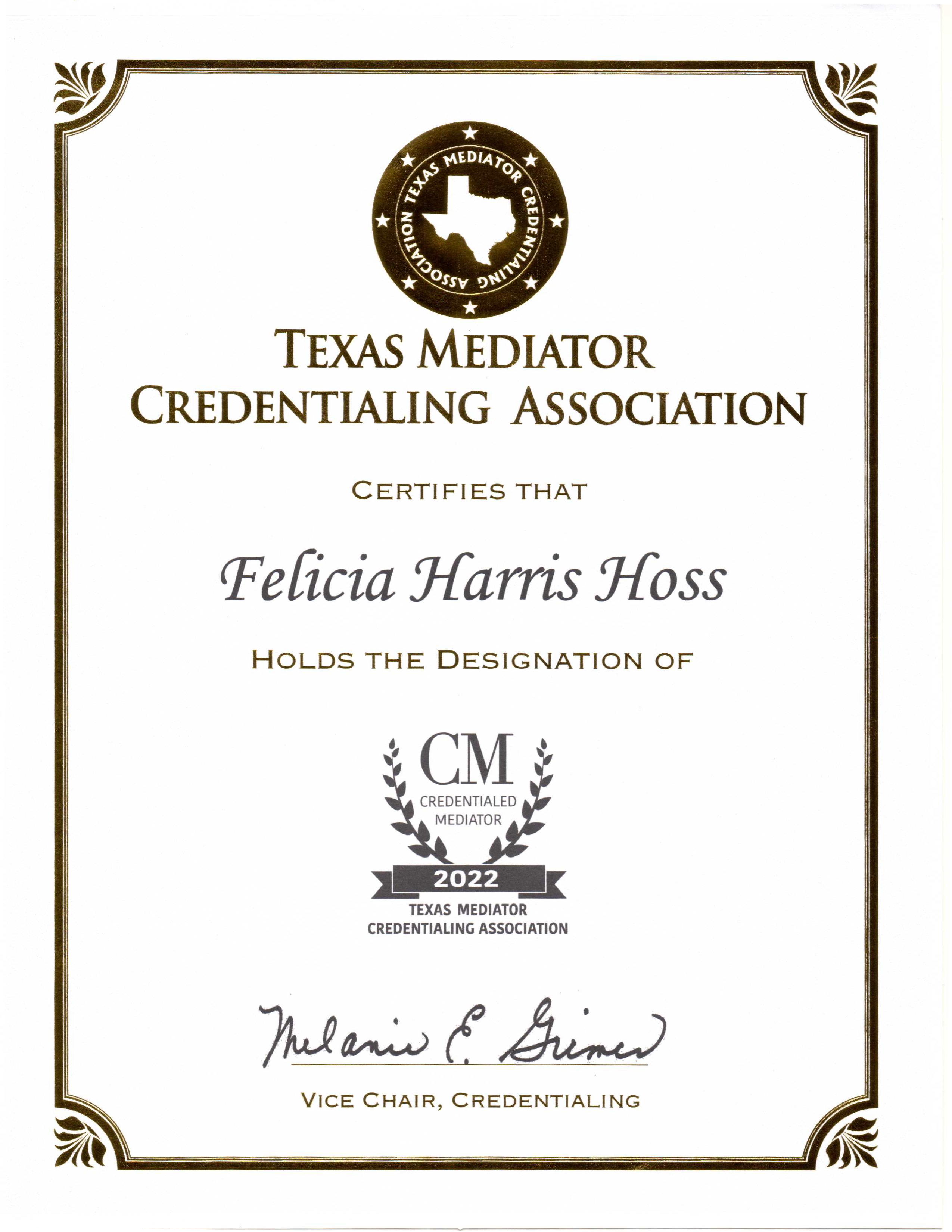Plan to Make a Plan for Mediated Negotiations
Although it’s important in any negotiation to imagine the negotiation from the other side’s perspective, it isn’t always easy, especially in competitive environments like litigation. After sometimes years of work and resources have been invested in planning for an eventual courtroom showdown, the process of finding common ground for settlement requires thinking a little differently – more collaboratively – about the dispute.
Thinking a little more collaboratively doesn’t have to mean thinking less competitively, however. It simply means thinking about what will capture and keep the attention of the target audience at mediation – the other party – and motivate it to decide to settle. This exercise invites each party to do what many veteran litigators often do naturally anyways, which is to consider the conflict and possible remedies from the other side’s perspective.
To do this, and to make the most of a mediated negotiation, parties should plan to prepare a mediation plan well-before the day of the mediation session. The plan will help guide the analysis and many decisions that will be made during the mediation, and should raise the prospects of reaching resolution.
To help jump-start the exercise, the following are a few things to consider.
First, be mindful that a series of rejections will always precede a mediated settlement. So plan for them. In other words, pay homage to the process by anticipating several rounds of negotiations. Know that it won’t be any easier to convince the other side to accept your point-of-view or proposal than it will be for them to convince you to accept theirs.
No doubt mediated negotiations are not easy negotiations, even with a plan. But parties that prepare for a difficult negotiation are less likely to let emotional reactions – their own or the other side’s – interfere with, derail, or diminish progress made during negotiations.
Instead, those parties recognize and appreciate the difference between influencing the other party and controlling it. They know that nothing any party does controls what the other party will do. However, they also know that parties can – and do – influence each other’s proposals in a number of different ways. For example, every mediated negotiation involves the theory of reciprocity – giving something and getting something in return. But reciprocity is not the only way parties influence each other. For example, showing empathy and respect in the opening joint session are but just a couple of other ways parties influence each other. But no matter how much one side influences another, neither is able to control the other.

This is why it is important to have a plan. Proper preparation prevents poor performance, it has been said. But having a plan is more than just knowing what your top or bottom dollar is.
Having a plan means having a firm understanding of the strengths and weaknesses of both sides of the case on key claims and defenses, knowing what evidence and testimony is likely to be admitted in support or defense of each, and knowing how to present this information during the mediation – either during the joint opening session or private caucus – to influence the negotiation process.
Having a plan also means being prepared to realistically discuss what the tendencies of the judge or arbitrator(s) will be for managing the trial or final hearing and knowing the general demographics and tendencies of the prospective jury pool in the venue. And, if you are a plaintiff wanting to collect a judgment (if awarded), being prepared to candidly discuss collection efforts, including taking into account the financial ability of the other party to pay a judgment, if rendered.
It’s not enough just to have a plan, however. Before the mediation give some thought to how to use the plan during the mediation session. Think reasonably and strategically about the issues and decisions that will have to be made, and how the plan will help make those decisions.
With the plan, go into the mediation knowing that when the session ends, an informed judgment and appreciation of the various and complex risks involved impacted the outcome.
Felicia Harris Hoss
is an attorney-mediator, arbitrator, and early dispute resolution (EDR) neutral, with more than 20 years of legal experience. Through the years, Felicia has helped parties resolve disputes both inside and outside of the courtroom in a wide range of industries involving a broad spectrum of claims. Felicia is available to assist parties and their counsel through online, hybrid, and in-person mediations, arbitrations, and EDR processes.













